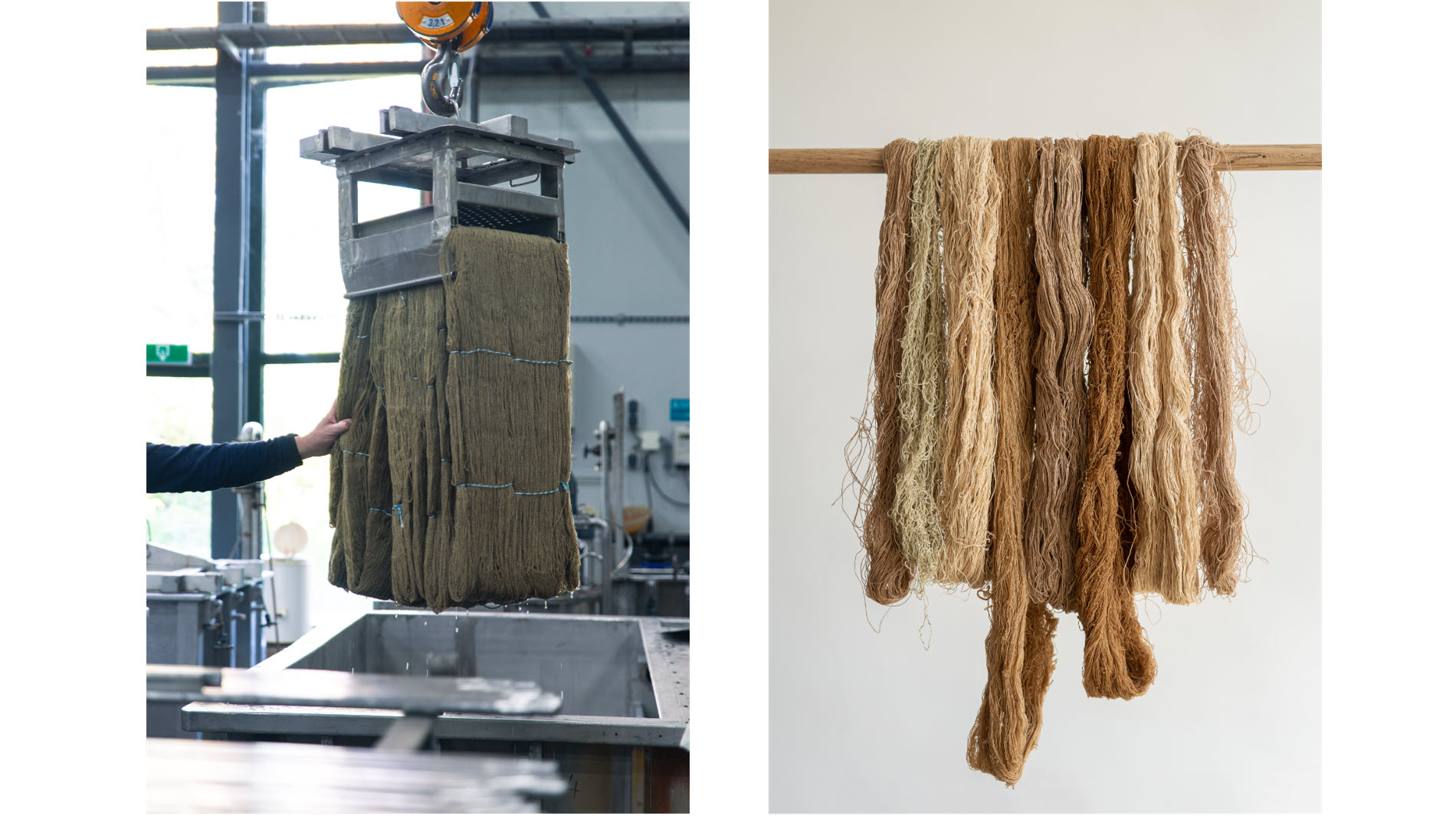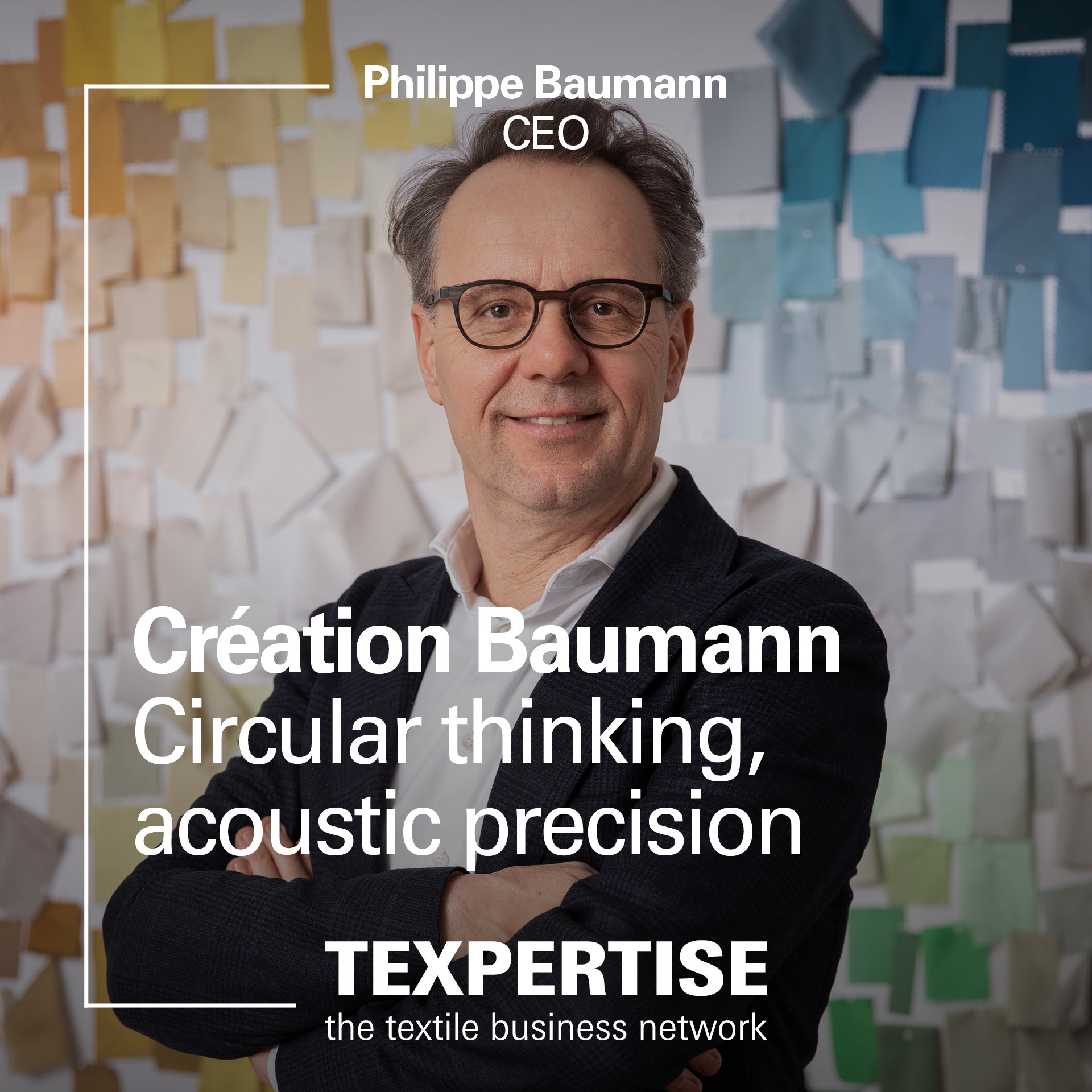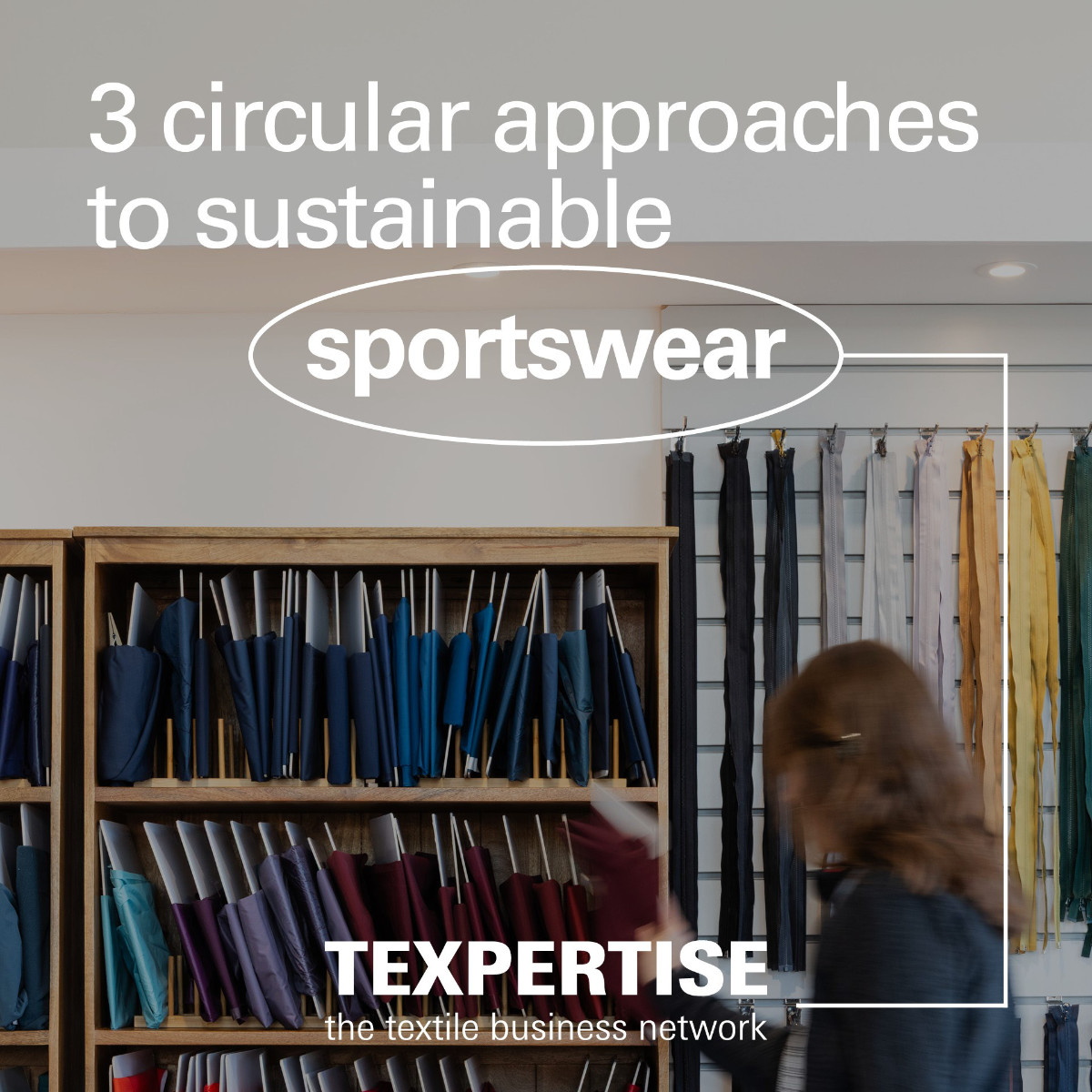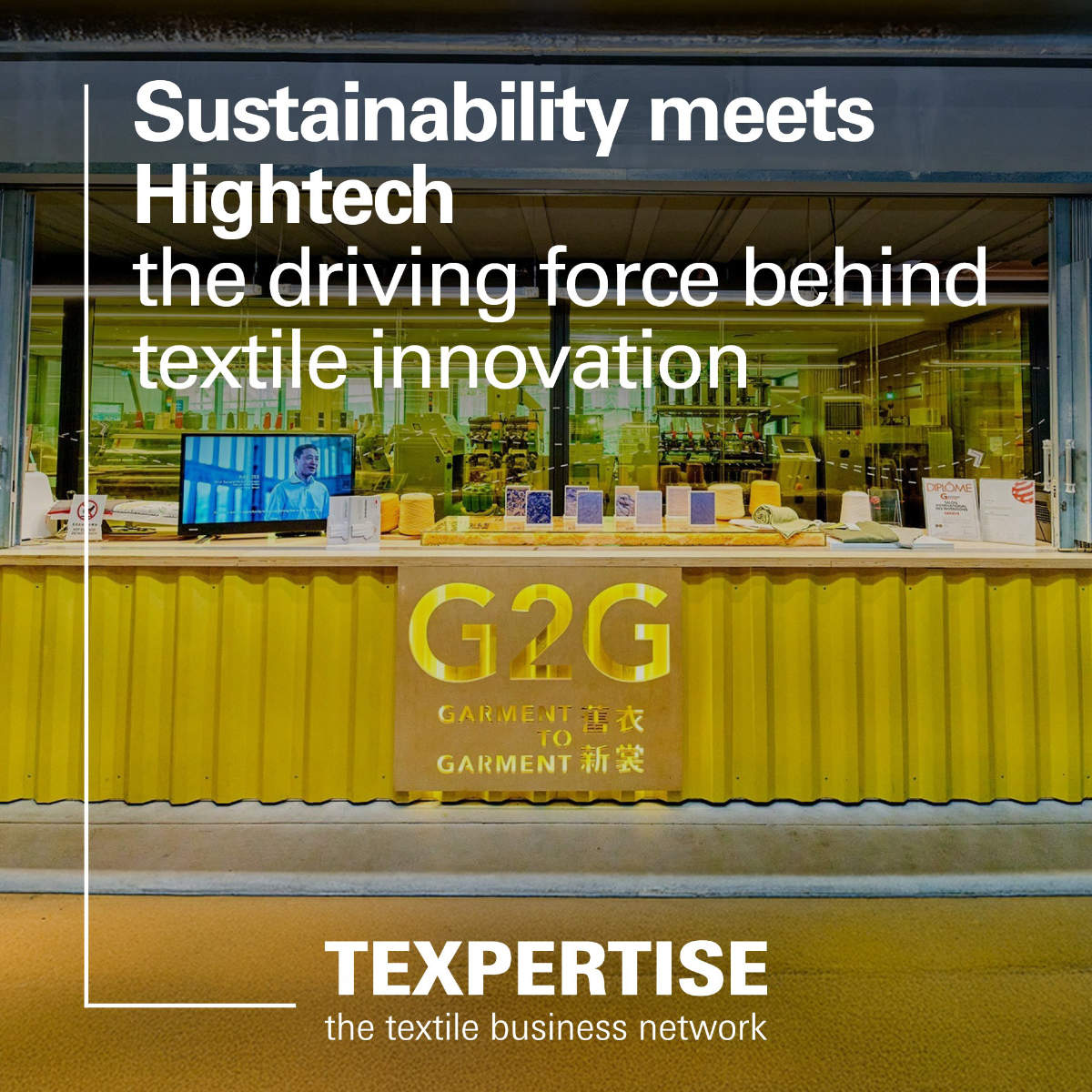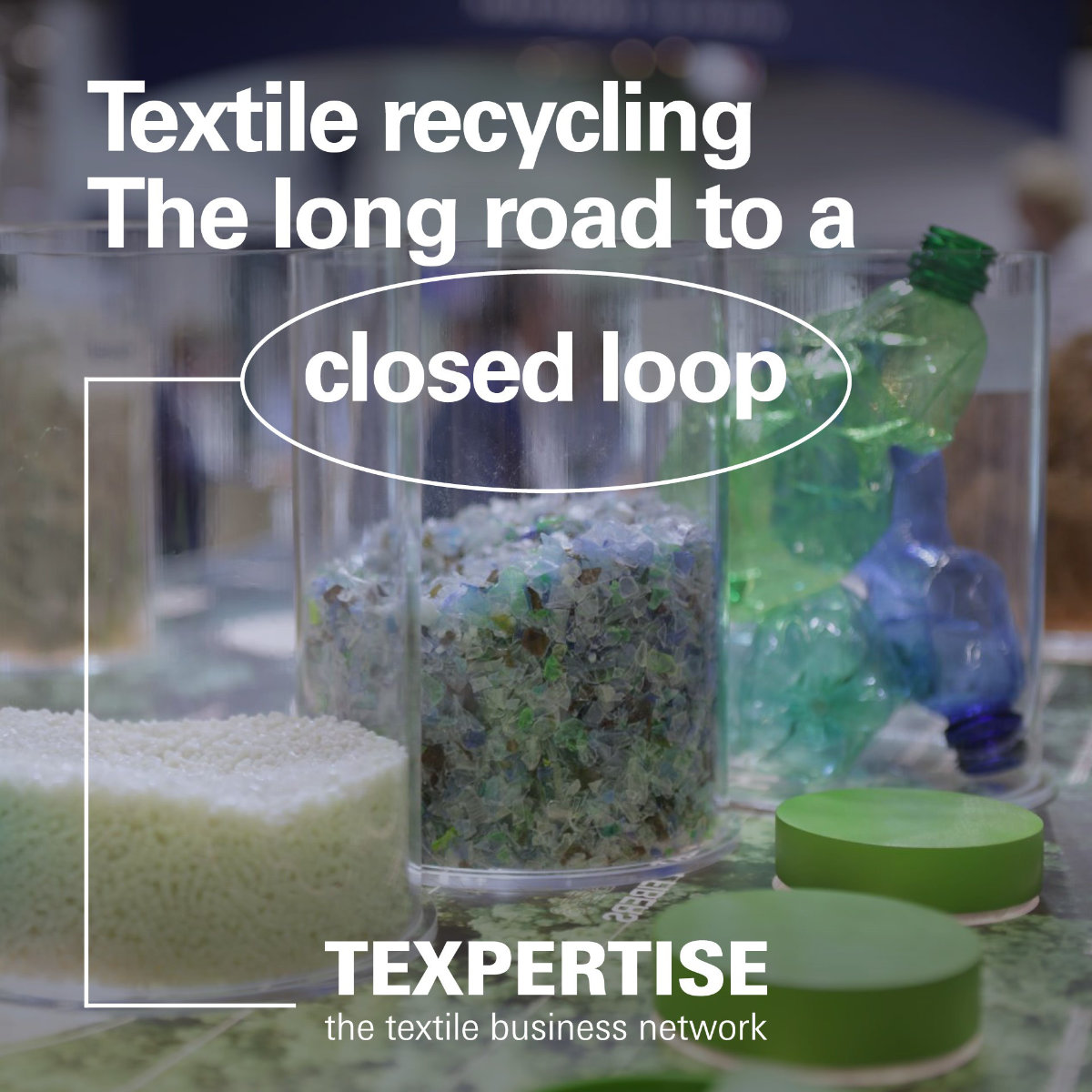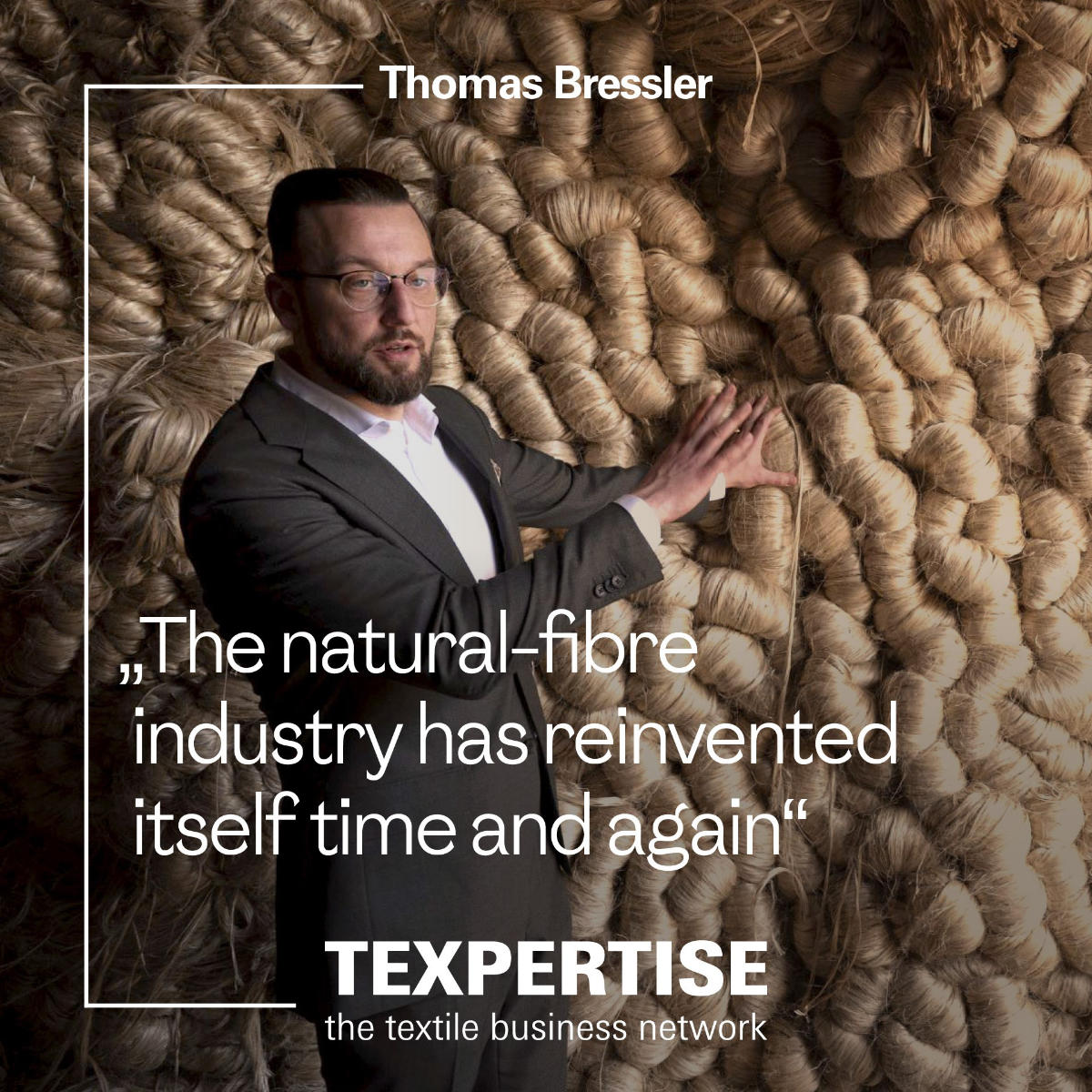Reading time: 2 minutes
Seaweed, known for its rapid growth and minimal ecological footprint, is emerging as a revolutionary eco-friendly alternative to synthetic dyes. This breakthrough offers a completely biodegradable option, providing a promising solution for a more sustainable dyeing process.
The eco-friendly edge of seaweed
Unlike traditional dyes, seaweed dyeing requires no agricultural land or freshwater resources, making it an environmentally sound option. Its benefits include:
- Reduced resource consumption: Seaweed grows naturally in the ocean, eliminating the need for freshwater and agricultural land.
- No pesticides required: The absence of pesticides in seaweed cultivation reduces environmental pollution and health risks.
- Easy factory integration: Seaweed dyes can be used with existing dyeing equipment, facilitating a smooth transition to eco-friendly practices.
Overcoming challenges in industrial adoption
Transitioning seaweed dyeing from an artisanal niche to a staple in industrial textile production presents challenges, particularly in meeting industry standards for colour fastness and adaptability. However, the promise of "plug and play" integration holds potential for widespread adoption, allowing traditional factories to switch seamlessly from synthetic to natural, eco-friendly dyes.
Bianca Zomer is Business Developer and co-owner of zeefier.eu. The Dutch company offers industrial natural dyes for the textile industry, made from seaweed and its sidestreams.
“Our biggest challenge was making sure that our dye fits the industry standards — but we’ve achieved that after years of hard work.”
Expanding seaweed applications
The potential of seaweed extends beyond textile dyeing. Already prominent in the food and cosmetics industries, its versatility is now being explored in innovative sectors:
- Building materials: Seaweed is being integrated into sustainable construction materials, offering eco-friendly building solutions.
- Bioplastics: With its renewable properties, seaweed serves as a sustainable alternative to traditional plastics.
- Other sectors: Beyond textiles, there is potential for seaweed-based dyes in industries such as paint and food.
Leveraging the side-streams of these industries for dye production reduces waste and exemplifies a circular economy approach, further enhancing sustainability.
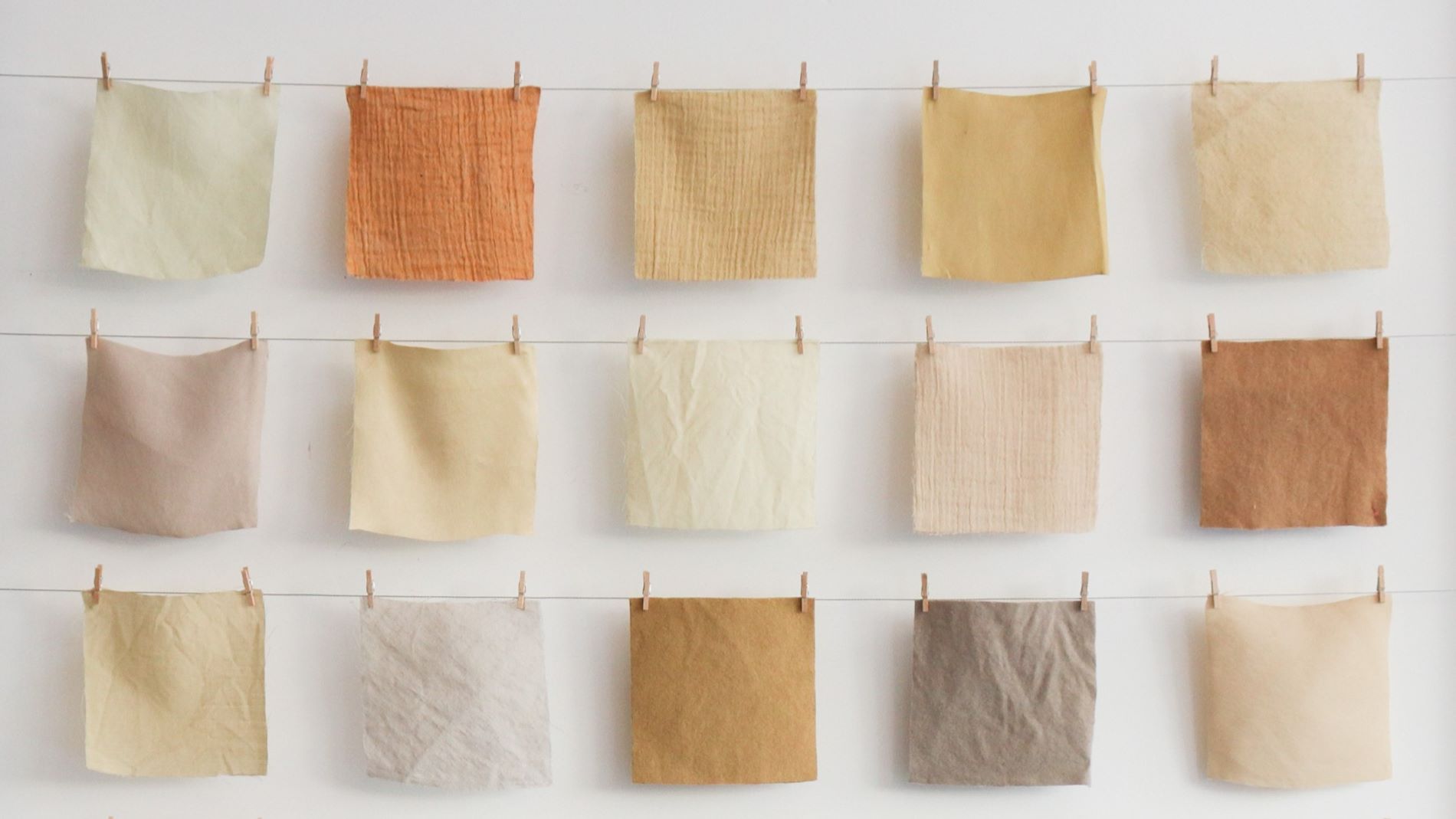
Building collaborative pathways
For emerging companies in the field, like those founded in the early 2020s, partnerships are key to expansion and innovation. Collaborative efforts with brands, suppliers, and funding partners have been vital in moving from R&D to the launch of market-ready products. Such alliances help shape the future of textiles, emphasising a shared responsibility in environmental stewardship.
Future prospects in colour and beyond
Currently focused on natural, trend-driven colours, the future of seaweed dyeing lies in broadening the colour palette and exploring new sectors. Prospective areas of expansion include:
- Architectural paints: Utilising seaweed dyes for sustainable building aesthetics.
- Culinary applications: Introducing seaweed-based dyes in the food industry for natural colouring solutions.
- Expanded textiles range: Developing a diverse palette for various textile applications.
Continued R&D aims to expand these possibilities, potentially transforming industries that rely heavily on dyes and pigments.

In conclusion, seaweed dyeing represents a pioneering stride toward a greener textile industry. By marrying traditional practices with innovative solutions, the textile sector can achieve new levels of sustainability, laying the groundwork for a more eco-conscious future.
Cover photo: zeefier.eu

